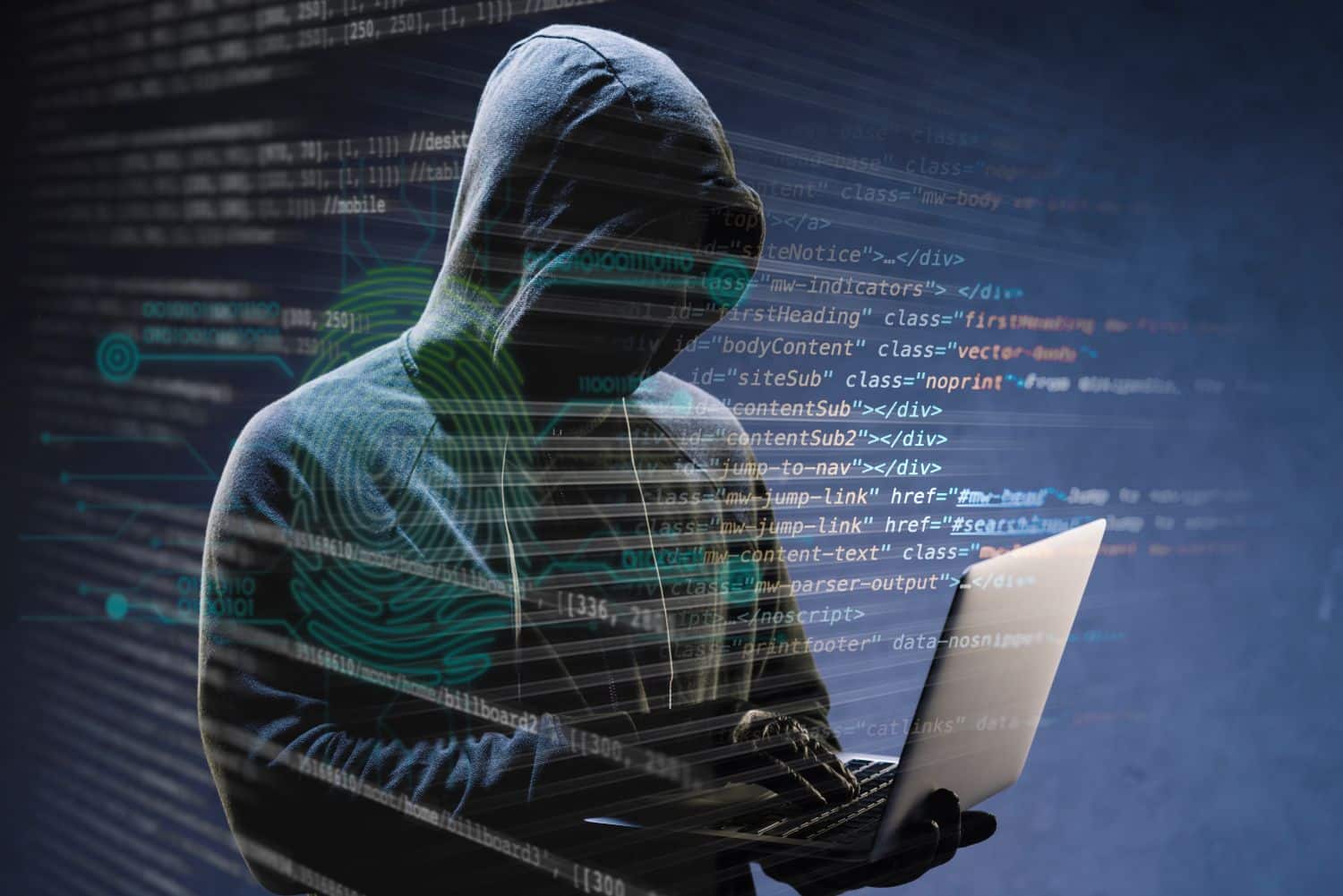Here’s the translated text into American English:
In the current context of digitization, Spanish companies face a significant challenge regarding cybersecurity. The growing reliance on technology has exposed these organizations to an increase in the incidence of cyberattacks, highlighting the importance of establishing a proactive approach for cyberattack prevention and timely response. In this article, we will explore corporate responsibilities in the event of a cyberattack, the relevance of preparedness, and the measures that must be adopted to mitigate associated risks. For more information on companies that are victims of a cyberattack, additional resources can be consulted.
Introduction to the Cyberattack Problem in Spain
In Spain, digitization has transformed the way companies operate, improving efficiency and broadening their reach. However, this process has also increased vulnerability to cyberattacks. Organizations, regardless of their size, face constant threats that can compromise sensitive data and cause significant operational disruptions. Therefore, it is crucial for companies to adequately prepare to face these challenges. To understand how other sectors have managed similar situations, a look at the most notable cyberattacks in the past year can provide valuable lessons.
Impact of Cyberattacks on Businesses
Cyberattacks can have devastating consequences for companies, both operationally and reputationally. From service interruptions to loss of trust from customers, the implications are vast. Recent examples include the attack on Comisiones Obreras, where the leak of a large volume of data on the Dark Web highlighted the risks associated with insufficient information security.
Case Study: Lessons Learned from Notable Cyberattacks
The attack suffered by Comisiones Obreras is a prominent example, where the use of ransomware resulted in the encryption and dissemination of critical information. This case underscores the importance of having robust data protection policies and a clear incident response strategy. Despite complying with security regulations, the lack of additional measures resulted in a significant breach.
What Impact Do These Attacks Have on a Company’s Reputation?
A cyberattack can quickly erode the trust built with customers and stakeholders. Public perception is critical, and companies must act swiftly to restore confidence. Inaction or the perception of an ineffective response can lead to lasting losses in terms of image and market valuation.
Prevention Strategies for Spanish Companies
To counter the threat of cyberattacks, it is essential for companies to implement strong preventive strategies. Investing in advanced protection technologies and adopting best practices are fundamental. In this regard, relying on experts like Panda Security can provide robust tools and specialized guidance.
Preventive Measures to Combat Cyberattacks
One of the most effective measures is ongoing cybersecurity training for employees. Regular updates of security software and the implementation of technologies like data encryption are equally crucial. These steps help create an effective barrier against potential threats.
What Role Does Employee Training Play in Cyberattack Prevention?
Constant employee training is essential to maintain a strong defense against cyberattacks. An informed team is the first line of defense, capable of identifying and reporting potential threats before they can cause harm.
Continuous Security Evaluation and Improvement
Security should be viewed as an evolving process. Regular audits and risk assessments allow for the identification of vulnerabilities and the adaptation of security measures as necessary. This continuous improvement is vital to keep pace with growing threats.
Effective Response to a Cyberattack
Having a dedicated incident response team is essential to minimize the impact of a cyberattack. A well-designed plan can make the difference between a quick recovery and irreparable damage.
Incident Response Plan
A good response plan should include clear protocols for identifying and containing threats, communicating with stakeholders, and recovering compromised systems.
How Should a Cyberattack Response Plan Be Structured?
The structure of the plan should include:
- Threat identification.
- Containment to limit damage.
- Eradication of the root cause.
- Recovery and restoration of secure systems.
- Incident review to improve future defenses.
Communication and Legal Compliance
An effective response includes notifying authorities and affected individuals, in accordance with current laws and regulations. Maintaining constant transparency is key to minimizing reputational damage.
Why is Transparency with Stakeholders Crucial During an Attack?
Keeping stakeholders informed can preserve trust and improve cooperation during a crisis. Clear and timely communication prevents the spread of incorrect reports and prepares stakeholders for the next steps.
Positioning for the Future
Companies must adopt a proactive stance toward cybersecurity. This approach should include ongoing investments in technology and training, as well as regular reviews of security policies. Only by adopting these practices will companies be truly prepared to face the ongoing challenges of the digital world.

